Goswami R, Asnacios A, Milani P, Graindorge S, Houlné G, Mutterer J, Hamant O, Chabouté M-E.
Abstract
In animal cells in culture, nuclear geometry and stiffness can be affected by mechanical cues, with important consequences for chromatin status and
gene expression. This calls for additional investigation into the corresponding physiological relevance in a multicellular context and in different mechanical environments. Using the Arabidopsis root as a model system, and combining morphometry and micro-rheometry, we found that hyperosmotic stress decreases nuclear circularity and size and increases nuclear stiffness in meristematic cells. These changes were accompanied by enhanced expression of touch response genes. The nuclear response to hyperosmotic stress was rescued upon return to iso-osmotic conditions and could even lead to opposite trends upon hypo-osmotic stress. Interestingly, nuclei in a mutant impaired in the functions of the gamma-tubulin complex protein 3 (GCP3) interacting protein (GIP)/MZT1 proteins at the nuclear envelope were almost insensitive to such osmotic changes.
The gip1gip2 mutant exhibited constitutive hyperosmotic stress response with stiffer and deformed nuclei, as well as touch response gene induction.
The mutant was also resistant to lethal hyperosmotic conditions. Altogether, we unravel a stereotypical geometric, mechanical, and genetic nuclear response to hyperosmotic stress in plants. Our data also suggest that chromatin acts as a gel that stiffens in hyperosmotic conditions and that the nuclear-envelope-associated protein GIPs act as negative regulators of this response.

Download the full version!

Discover our other publications
Stiffness measurement is a biomarker of skin aging in vivo
Runel G, Cario M, Lopez-Ramirez N, Malbouyres M, Ruggiero F, Bernard L, Puisieux A, Caramel J, Chlasta J, Masse I.
Biomechanical Properties of Cancer Cells
Gradient in cytoplasmic pressure in germline cells controls overlying epithelial cell morphogenesis
Lamiré L-A, Milani P, Runel G, Kiss A, Arias L, Vergier B, de Bossoreille S, Das P, Cluet D, Boudaoud A, Grammont M. November 30, 2020.
Gene profile of zebrafish fin regeneration offers clues to kinetics, organization and biomechanics of basement membrane
Nauroy P, Guiraud A, Chlasta J, Malbouyres M, Gillet B, Hughes S, Lambert E, Ruggiero F. Matrix Biology
Changes in nano-mechanical properties of human epidermal cornified cells depending on their proximity to the skin surface
Milani P, Chlasta J, Abdayem R, Kezic S, Haftek M. J Mol Recognit. 22 mai 2018;e2722.
Variations in basement membrane mechanics are linked to epithelial morphogenesis
Chlasta J, Milani P, Runel G, Duteyrat JL, Arias L, Lamiré LA, Boudaoud A, Grammont M. Development 2017 : doi: 10.1242/dev.152652
Stromal protein βig-h3 reprogrammes tumour microenvironment in pancreatic cancer
Goehrig D, Nigri J, Samain R, Wu Z, Cappello P, Gabiane G, Zhang X, Zhao Y, Kim IS, Chanal M, Curto R, Hervieu V, de la Fouchardière C, Novelli F, Milani P, Tomasini R, Bousquet C, Bertolino P, Hennino A.

